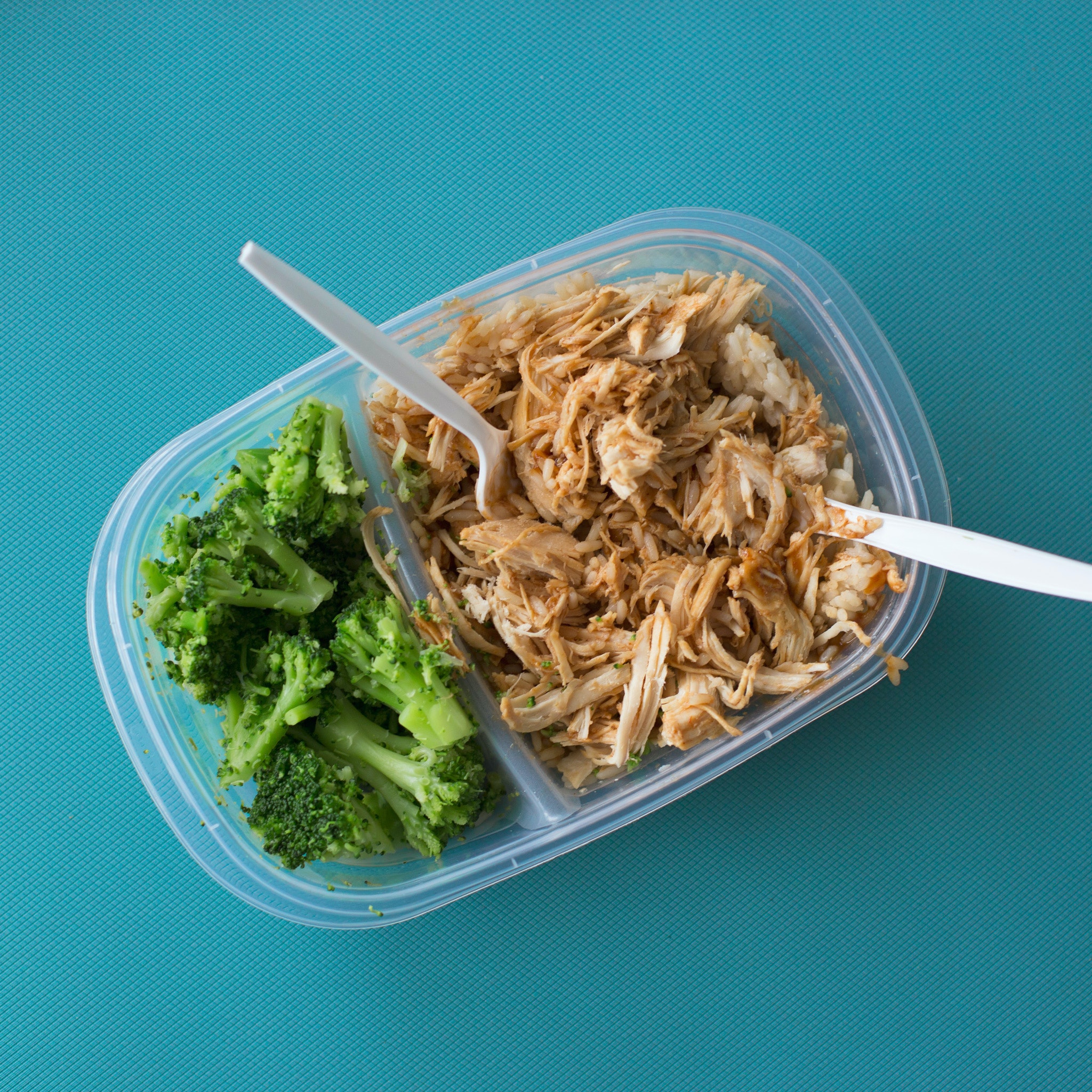
From Insecurities to Self-Discovery: My Transformational Fitness Photoshoot Experience
From Insecurities to Self-Discovery: My Transformational Fitness Photoshoot Experience I did 2 photoshoots in 3 days this July. Something that had been on my mind
It is important to track your calories because it helps you understand what you are eating and how much you are eating. It also allows you to understand the impact of your food choices on your daily energy intake and balance.
You need to track your calories to make sure that they are coming from a healthy, balanced diet. The best way to do this is by tracking your calories and using an app like MyFitnessPal or LoseIt.
The more you know about how much you’re actually eating, the more likely you are to stay within your calorie targets each day.
You need to know how many calories you’re eating to ensure you are in a deficit for a fat loss goal. Without knowing, you’re guessing and essentially wasting time.
You don’t want to track foods forever, I get that. But actually logging everything you eat gives you a clear picture of how you eat.
It also can help you see what you need to improve on for the long term. When you change your habits and adopt the lifestyle, you won’t need to track anymore.
To achieve physique goals, you need proper nutrition. That means adequate protein and fats, as well as healthy carbs. Tracking also gives you information on your vitamins and nutrients from the foods you’re eating.

The most popular way to track calories is by using a fitness app. These apps can be used for tracking the number of calories that you eat and how many calories you burn. The most popular ones are MyFitnessPal, Lose It!, and Fitbit.
I will be talking about MyFitnessPal in this section because it is the most popular calorie-counting app out there.
It has a large database of foods, from McDonalds to Freshii to your favourite protein bar or donut.
Understand that you will likely never hit your macronutrient targets right on, and this is completely okay.
The numbers are an estimation based on a variety of factors that change everyday. It is the average of your daily intake over time that will determine your success.
If you calorie variance is <100kcals a day, you are on the right track. If you find yourself going over by >200kcals then something needs to change.
It is important to track your progress through a scale, measurements, and progress pictures to ensure your calorie and macro targets are accurate and working in your favour.
If you are tracking accurately and are noticing no change for over 2 weeks, either you are not recording everything you are eating, or the numbers need some adjustment.
With the massive database that MyFitnessPal has, it can be overwhelming when you search for a specific item and get hundreds of results.
Start by tracking one item at a time, regardless of what you’re eating. If you are having a turkey sandwich, log the brand of bread first, then the amount of meat, and then any other toppings you are having. This helps with the accuracy of the entry as there can be a ton of variance throughout MyFitnessPal.
With that said, try and scan barcodes as much as possible when logging foods. If your food does not have a barcode, search for where you bought it from and look for verified entries where possible.
I highly advise you guess as best you can when it comes to foods not listed in MyFitnessPal. Guessing will allow you to eventually get away from calorie tracking diligently and eating more freely or “intuitively”. You also never want to completely omit an item because you don’t know how to track it. You’re better off being within ~200 calories of an item than completely not tracking it at all.
When in doubt, look for similar entries from foods you have had before.
For example, Pi Co. does not have their calories in MyFitnessPal but Blaze Pizza does. Very similar companies and I’ve logged Blaze before.
So best guess based on the establishment you are familiar with. It is the best possible guess you have and that’s completely okay.

It is difficult to track the number of calories you are consuming each day. There is no one-size-fits-all approach to eating. However, there are 12 tips that can help you with this task:
1) Keep a food diary: keep a record of everything you eat in a day or week and how many calories it has.
2) Use an app: there are many apps that will help you keep track of your calories and even tell you how much you should eat each day.
3) Cook in bulk. This will help save you time during the week so you can grab & go
4) Measure each ingredient cooked and separately.This helps with consistency and ensuring accuracy of amounts
5) Add each ingredient to MyFitnessPal separately. Again this ensures the accuracy of tracking instead of searching for generic recipes that you don’t know the ingredients of.
6) If you’re unsure, overestimate. If you’re trying to lose body fat, it is always better to overestimate than underestimate your food. This allows a window of calories for inaccuracies.
7) Input your meals into your diary BEFORE you eat them. This way you’re prepared and aren’t scrambling to find food, and you are less likely to stray off track because you took the time to record it already.
8) Look for the verified options. Since the Myfitnesspal database is so large, it’s easy to find foods that are incorrect. The checkmark here means the brand itself has verified that food input so the stats are correct.
9)A kitchen scale is a wonderful and inexpensive tool to help keep you accurate when dieting. Use this to weigh out any solid foods you’re having (meats, starches, nut butters, cheese, etc). Place your plate on the scale first, then turn it on, then add your food!
10) Measure your liquids! Yes liquid calories count, and we are bad at eyeballing it. Use measuring cups or measuring spoons to ensure you’re only having what you tracked for.
11) Don’t connect a step tracker! I know this sounds counterintuitive, but hear me out. If you or your coach has calculated your macros for you, they have already included your activity level for the week. Adding your daily steps to Myfitnesspal will throw off those numbers and have you eating more than you’re supposed to.
12) Overestimating is better than underestimating. This one is more for those dieting down (which is most of us). As flexible dieters, we pride ourselves on being able to go out to eat and not being so restricted with food. But what happens when the restaurant doesn’t have its food in the database. You guesstimate. And by overestimating, you’re less likely to overeat because you assume the meal is heavier than calories. And if it’s not, you’re winning!
For those who are looking for a healthy diet, it is important to be aware of what you eat and how much you eat.
It is important to know that there are many different diets out there that can help you lose weight. It is up to the individual on what they want to do and what they feel comfortable with.
It is honestly the number one most useful thing you can do if you want to lose fat and keep it off long term.
To recap: tracking your calorie intake helps:
That said, I know it can be tedious and not your favourite thing to do.
It’s worth it in the end.
Custom workout program
Custom nutrition protocol
Support, guidance & accountability
Why continue to struggle and get frustrated with no results after all your hard work when you can have someone take you through the entire process?


From Insecurities to Self-Discovery: My Transformational Fitness Photoshoot Experience I did 2 photoshoots in 3 days this July. Something that had been on my mind

5 Mindful Practices for Busy Moms to Reduce Stress Moms are expected to do it all – work, care for the kids, keep the house

SOCIAL EATING 101 SOCIAL EATING 101 The first thing I want you to really understand is that one meal or night out will not ruin